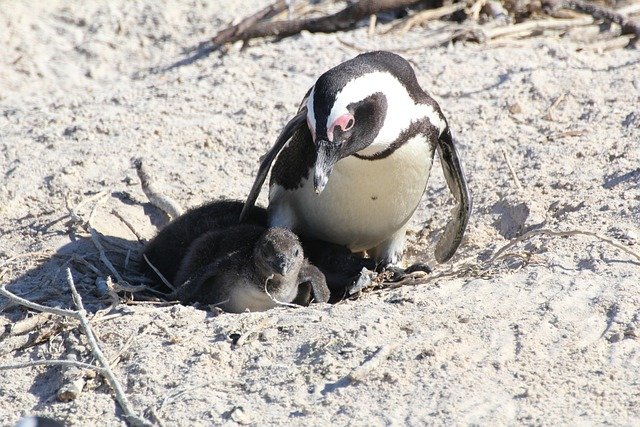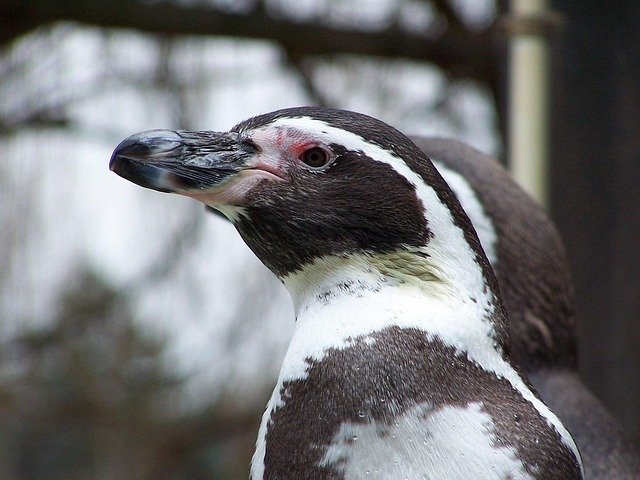**Title: "The Fascinating Social Structures of Penguin Colonies: Community Dynamics in the Cold"

The Fascinating Social Structures of Penguin Colonies: Community Dynamics in the Cold
Penguins, often associated with icy landscapes and charming waddles, are not just adorable creatures; they also exhibit complex social structures that are vital for their survival in harsh environments. In this post, we will explore the intricate community dynamics of penguin colonies and how these social systems contribute to their overall well-being.
Understanding Penguin Colonies
Penguin colonies can range from a few dozen to thousands of individuals, depending on the species and the availability of resources. These colonies provide several benefits, including protection from predators, efficient foraging, and social interaction.
Types of Social Structures
Nesting Colonies: Most penguins, such as the Emperor and Adélie penguins, form large nesting colonies during the breeding season. These colonies are often tightly packed, which helps to conserve warmth and protect eggs from the elements.
Social Hierarchies: Within these colonies, penguins establish social hierarchies. Dominant individuals often have priority access to resources such as food and nesting sites. This hierarchy can influence mating opportunities and overall fitness.
Cooperative Breeding: Some species, like the African penguin, exhibit cooperative breeding behaviors, where non-breeding individuals help care for the young. This behavior strengthens community bonds and increases the survival rates of chicks.
Communication and Social Interaction
Penguins are highly social animals, and they rely on a variety of vocalizations and body language to communicate with one another. Each species has its unique calls, which can convey different messages such as alarm signals, mating calls, or warnings about predators.
Vocalizations
- Contact Calls: Used to maintain group cohesion, especially in large colonies.
- Mating Calls: Male penguins often perform elaborate vocal displays to attract females.
- Alarm Calls: Specific calls alert other penguins to the presence of predators.
Foraging and Resource Sharing
In addition to social interactions, penguins exhibit fascinating foraging behaviors. Many species hunt in groups, which enhances their ability to locate food and evade predators. The sharing of information about food sources is critical for the survival of the colony, especially in the harsh conditions of their habitats.
The Role of Leadership
Within penguin colonies, certain individuals may take on leadership roles during foraging expeditions. These leaders help guide the group to productive feeding grounds, showcasing the importance of social dynamics in resource acquisition.
Challenges and Adaptations
Despite their strong social structures, penguins face numerous challenges, including climate change, habitat loss, and overfishing. Changes in ocean temperatures and ice cover can disrupt their foraging patterns and breeding success.
Community Resilience
The social structures of penguin colonies play a crucial role in their resilience. By working together, penguins can adapt to environmental changes more effectively than solitary individuals. This collective approach to survival is a testament to the strength of their social bonds.
Conclusion
The social structures of penguin colonies are a fascinating example of community dynamics in the animal kingdom. Understanding these intricate relationships not only highlights the complexity of penguin behavior but also emphasizes the importance of protecting their habitats to ensure their survival. As we continue to study these remarkable creatures, we gain valuable insights into the interconnectedness of social systems and environmental health.
By appreciating the social lives of penguins, we can foster a deeper understanding of their ecological roles and the urgent need for conservation efforts. Let's continue to support initiatives that protect these incredible birds and their icy homes!

Upvoted! Thank you for supporting witness @jswit.